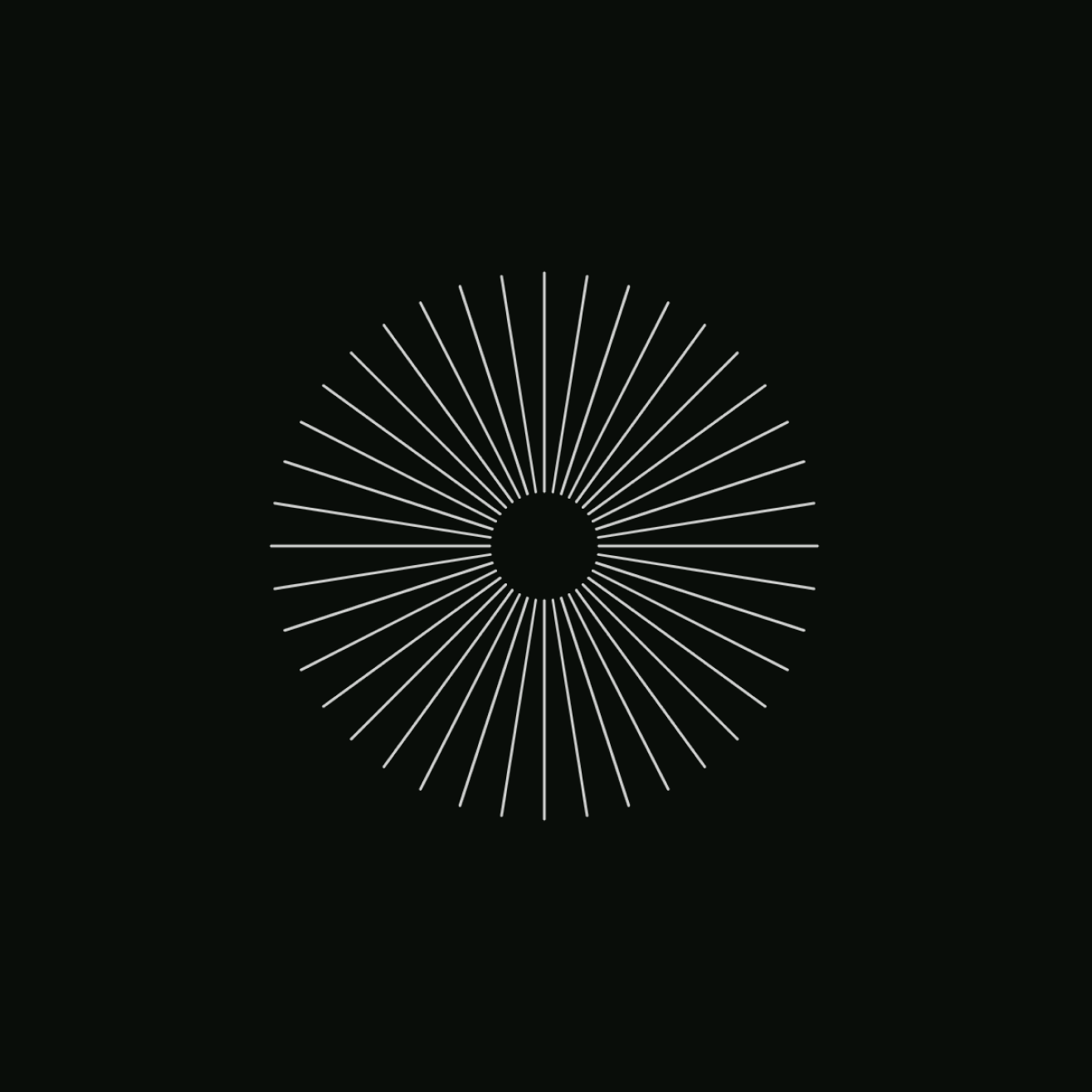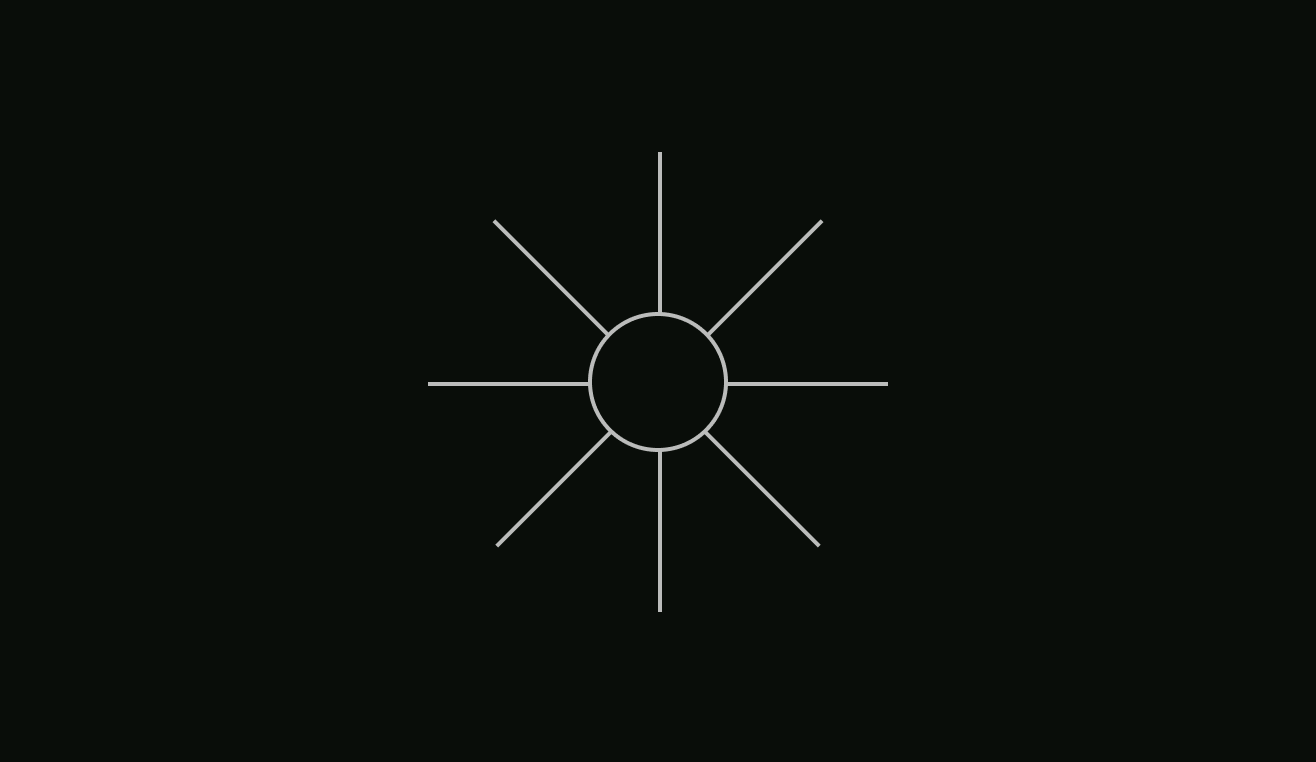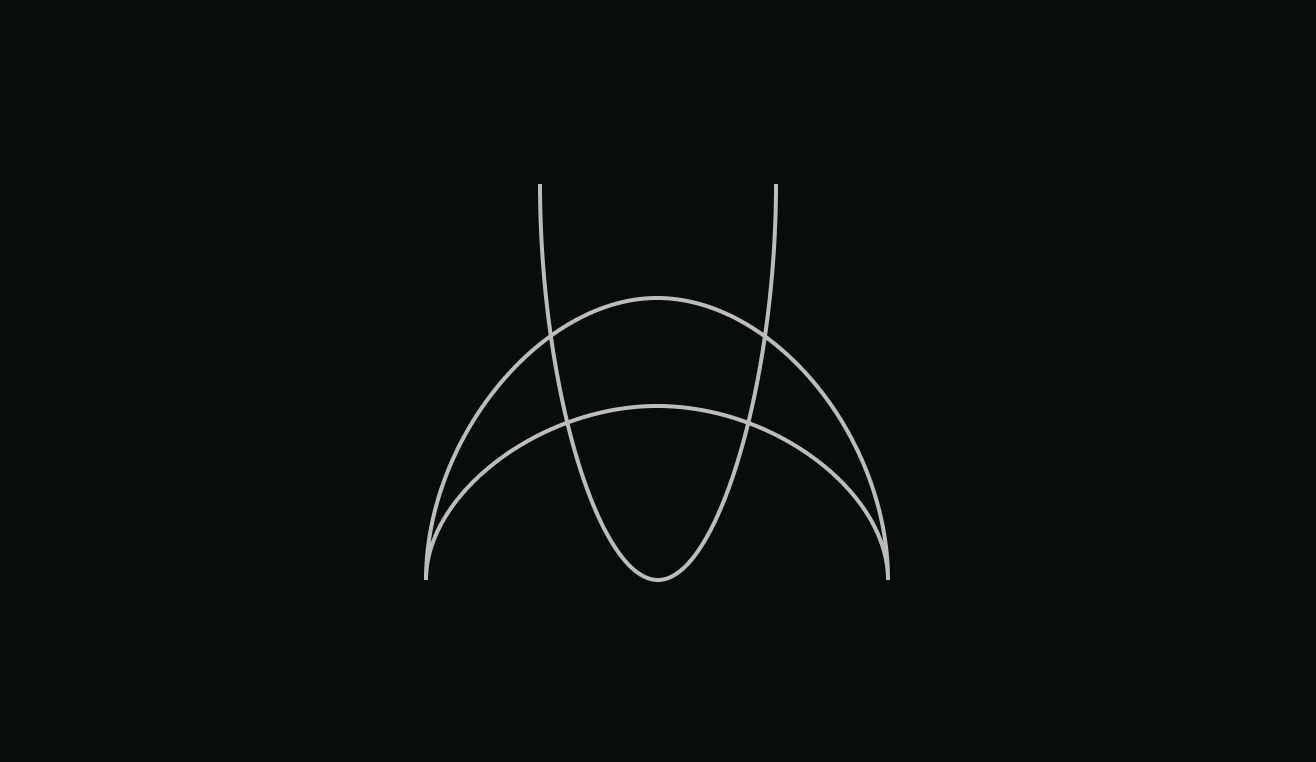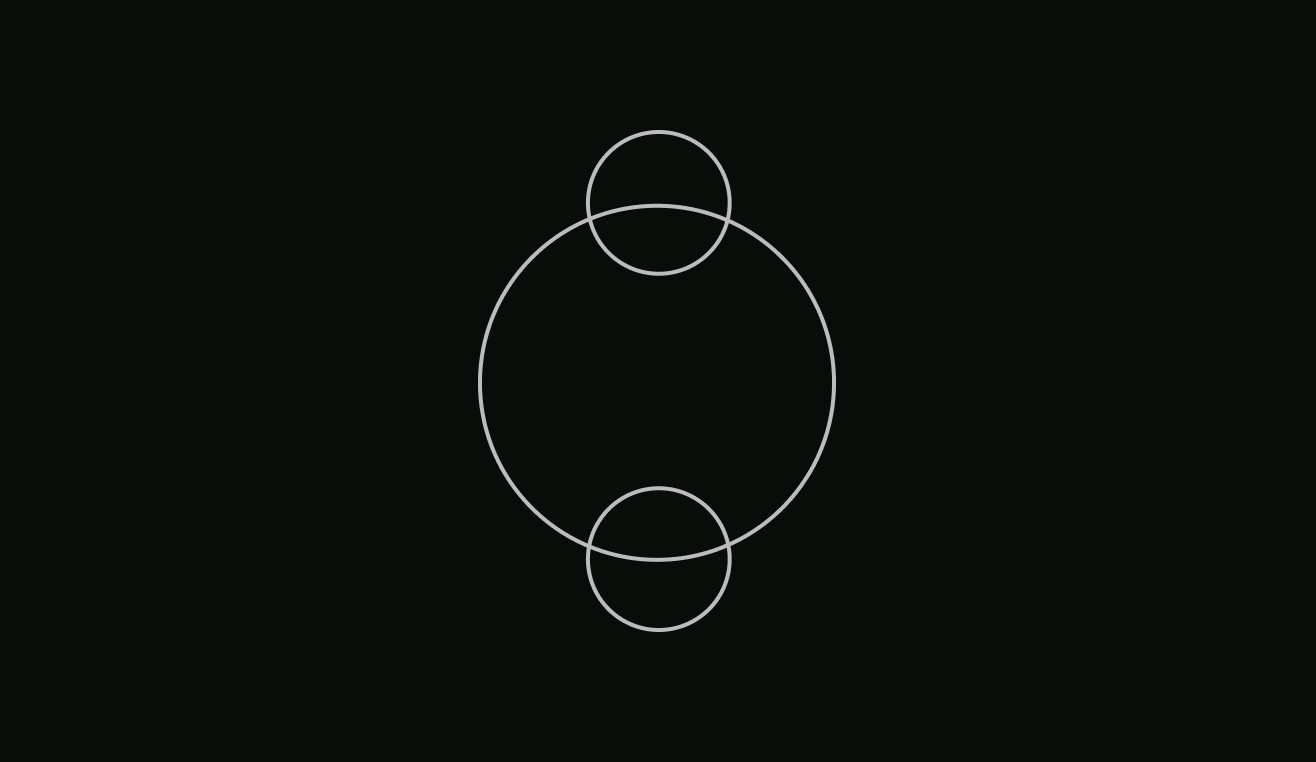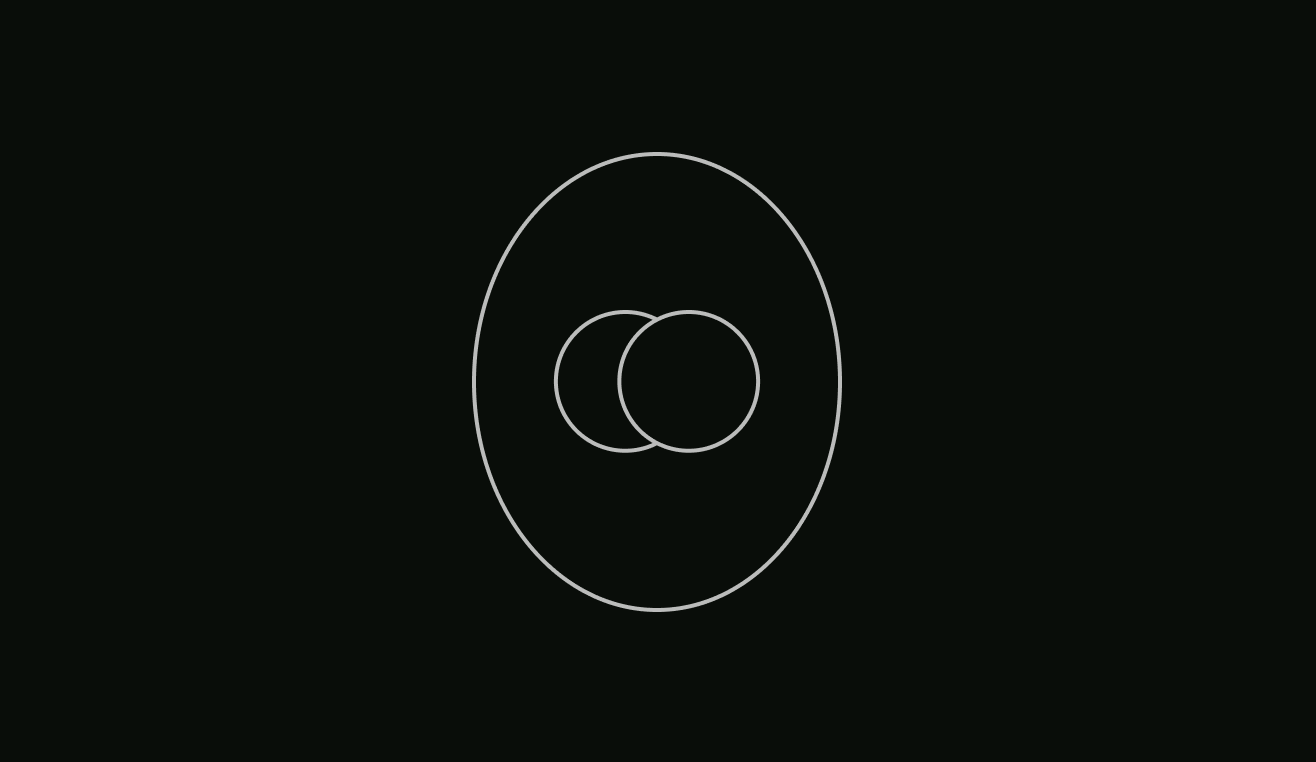The world as a structure of meaning and value has not appeared in the same manner to all civilizations. There are, therefore, almost as many cosmogonic myths as there are human cultures.
Cosmogonic myths, also known as creation myths, are stories that explain the origins of the universe, the Earth, and humanity. These myths are found in cultures across the world and serve to provide meaning, establish cosmic order, and justify human existence within a broader
To translate these abstract concepts into tangible forms, I've turned to creative coding and the power of parametric equations. Parametric equations allow us to define the position of points in space not directly, but as functions of a parameter – in this case, 'time'. This mathematical framework allows us to visualize forms evolving in this digital cosmogony, giving rise to complex and dynamic forms that echo the unfolding narratives of creation myths.
Types of cosmogonic myths:
Supreme being
Emergence
World parents
The cosmic egg
Earth divers
Supreme being. Conscious, deliberate and orderly creative pattern - homology to the sky. The creation of the world is simultaneously an expression of the freedom and purpose of the deity.
World Parents. The world created is the progeny of a primordial mother and father - chaos exists prior to the apparition of both parents. The Mother and Father are symbol of Earth and Sky.
Example.
- Egyptian (Khepri) – The creator deity says, “I planned in my heart,” emphasizing deliberate creation.
- Mesopotamian (Enuma Elish) – Marduk defeats Tiamat and orders the cosmos, setting stars and earth in place.
- Hindu (Rig Veda, Upanishads) – Brahma meditates the universe into existence; Purusha’s body forms creation.
- Biblical (Genesis 1) – God speaks the world into being in six days, showing divine purpose.
- Islamic (Quran) – Allah creates by command: “Be,” and it is (Surah Ya-Sin 36:82).
- Zoroastrian (Ahura Mazda) – Creates seven cosmic elements to bring order against chaos.
- Yoruba (Olodumare) – Sends Obatala to shape humans from clay, breathing life into them.
Emergence. Created order emerges gradually in continuous stages - homology to the earth. It is similar to a birth or metamorphosis of the world from its embryonic state to maturity.
Example.
- Zuni Myth – “Anon is the nethermost world, the seed of men and creatures took form and increased; even as in eggs in warm places speedily appear...”
- Hopi Myth – Humans emerged from three underground worlds before reaching the fourth (current) world.
- Navajo Myth – The world was formed in a sequence of four stages, each more developed than the last.
- Hindu (Samkhya Philosophy) – Creation unfolds through progressive evolution, from unmanifested reality to full formation.
- Japanese Myth (Kojiki) – The world was a chaotic mass before separating into heavens and earth over time.
World Parents. The world created is the progeny of a primordial mother and father - chaos exists prior to the apparition of both parents. The Mother and Father are symbol of Earth and Sky.
Example.
- Babylonian (Enuma Elish) – “When on high the heaven had not been named, Firm ground below had not been called by name...” (Apsu & Tiamat).
- Māori Myth – Rangi (Sky Father) and Papa (Earth Mother) were locked together until their children forced them apart.
- Egyptian Myth – Shu (Air) separates Nut (Sky) from Geb (Earth), creating order.
- Greek Mythology – Uranus (Sky) and Gaia (Earth) bore the Titans before their separation.
- Haitian Vodou Myth – Sky (Damballah) and Earth (Ayida Wedo) gave birth to creation.
The Cosmic Egg. The egg contains the possibilities of a perfect creation, such as the creation of androgynous beings - procreation, rebirth & new life. The egg is a symbol of totality from which creation emerges.
Example.
- Dogon Myth – A creator deity places two embryonic twin sets in an egg, forming androgynous beings.
- Hindu Myth (Brahmanda) – The universe was an egg split into heaven and earth.
- Chinese Myth (Pangu) – The cosmic egg contained Yin & Yang, and Pangu emerged, shaping the world.
- Orphic Greek Myth – The primordial god Phanes hatched from the cosmic egg, birthing the universe.
- Finnish Kalevala – A duck laid an egg in the waters; the pieces became the earth, sky, and sun.
Earth Divers. An animal plunges into the primordial waters to secure a portion of the earth - this agent is a pre-human species. This version of the myth is probably the oldest version of this genre.
Example
- Siberian Buryat Myth – God sends a loon to retrieve land from the sea; it succeeds after multiple tries.
- Iroquois Myth – A turtle carries the retrieved earth on its back, forming "Turtle Island."
- Hindu (Varaha Myth) – Vishnu, as a boar, dives to bring Earth from the cosmic ocean.
- Cherokee Myth – A water beetle brings up mud to create the land.
- Mongolian Myth – God and the Devil were co-creators; the Devil retrieved earth but hid impurities, creating evil.
Making the invisible visible
Embracing logical thinking
I believe in using stories as metaphysical frameworks for concepting creative processes.
By connecting us to shared intemporal creative legacies - through making - we gain perspective, helping us to understand our place in the universe.
By connecting us to shared intemporal creative legacies - through making - we gain perspective, helping us to understand our place in the universe.
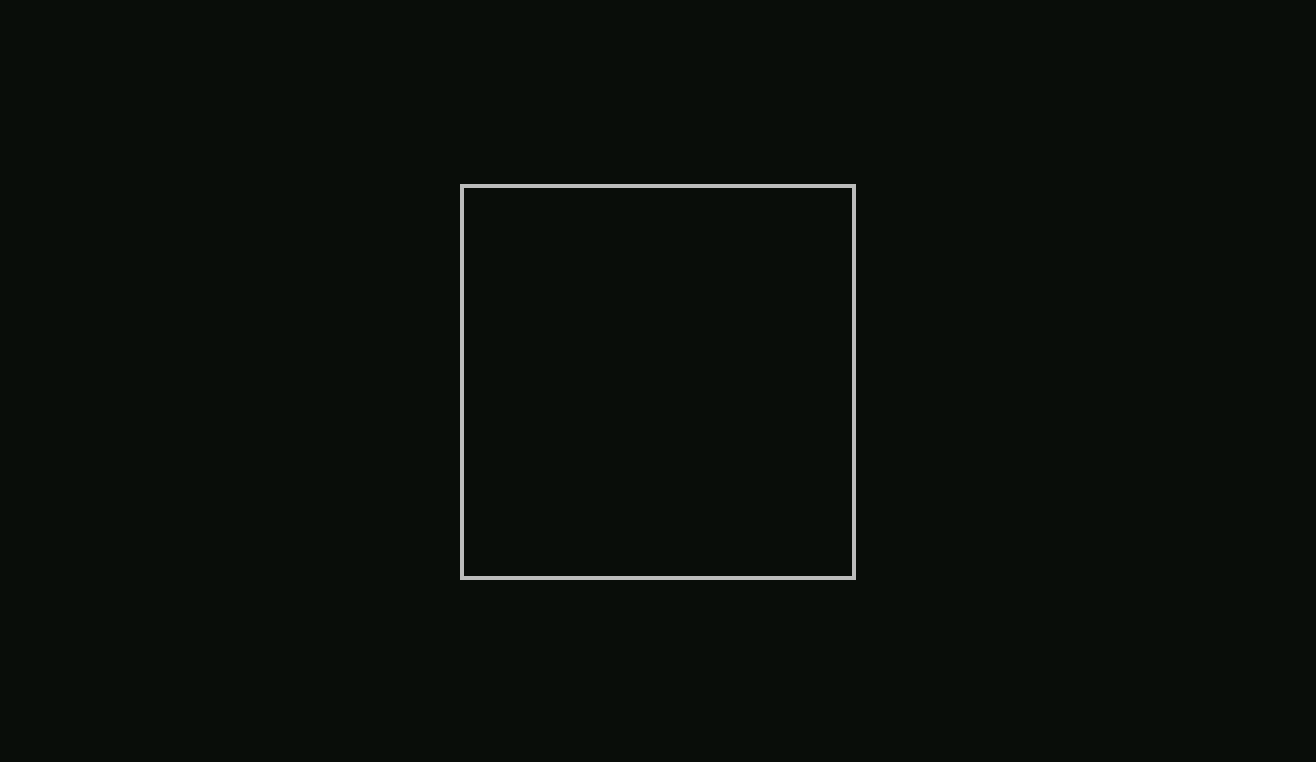
Step 1. Defining Chaos. In order to manifest visually the mythical dynamics at play, I used Processing - a flexible software sketch book.
float t;
float t;
void setup() {
background(#090909);
size(500,500);
pixelDensity(2);
}

Step 2. The apparition of the primordial Parents. Using code, I gave form to our two Primordial Parents. The Father being (x1, y1) and the Mother (x2, y2).
void draw() {
void draw() {
stroke(255, 255, 255, 20);
strokeWeight(1);
translate(width/2, height/2);
line(x1(t), y1(t), x2(t), y2(t));
t++;
}

Step 3. Shaping matter. Both the Father and Mother, navigate through Chaos, entangled in a permanent embrace. Their quiscent union - illustrated by the line that connects them both - shapes a new world as time passes.
//Primordial Father
//Primordial Father
float x1(float t) {
return cos(t * 10) * 100;
}
float y1(float t) {
return sin(t / 10) * 100;
}
//Primordial Mother
float x2(float t) {
return cos(t / 10) * 200;
}
float y2(float t) {
return sin(t * 10) * 200;
}




